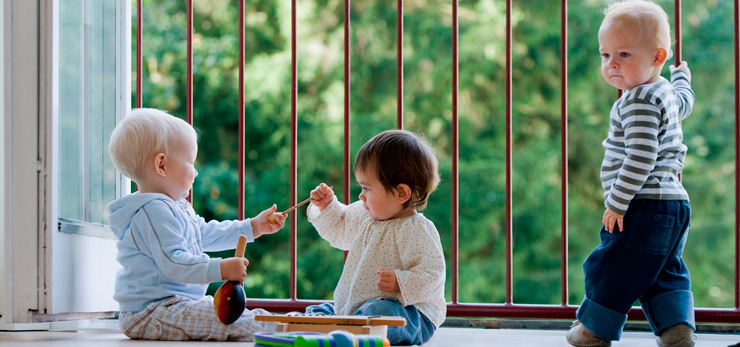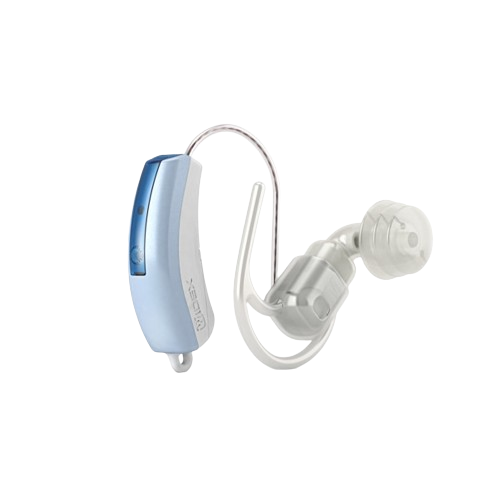Hearing aids for children
Hearing In Children
From birth, a baby must be sensitive to the sounds in his environment. It is by hearing sounds and imitating them that he will later learn to express himself. If he does not seem to react to the sounds around him, it is therefore important to act quickly. Many parents quickly realize that their baby does not hear. When a newborn is not frightened by loud noises, or when a 5 or 6 month old baby does not react when his name is pronounced, this can suggest that the child is hard of hearing.
Signs of Deafness in Children
- Difficulty understanding what others are saying.
- I often need things to repeat themselves.
- Increased volume of the television or computer.
- Difficulty following group conversations.
- Withdraw from social situations.
The Importance Of Early Diagnosis
Having your child screened early, before 3 months, is necessary in order to quickly implement appropriate solutions. If deafness is detected early in the child, his or her development and learning potential will be less affected.
In newborns and young children, two types of hearing tests are generally performed. These are the otoacoustic emission test (OAE) and the automated auditory evoked potential (A-AEP). These tests can be carried out by an ENT specialist who will also perform a clinical examination to check the proper functioning of the inner ear or to detect the presence of otitis.


Hearing Aids Designed For Hearing-Impaired Children
There are two main types of hearing aids: behind-the-ear and in-the-ear. The devices must be adapted to the age and morphology of the child. Given the small size of the ear canal in children, behind-the-ear models are generally preferred. The devices offered to children are custom-designed to fit the ear canal perfectly. They are available in several colors and their operation is simplified so that they can be easily used by the child and their family.
Before prescribing hearing aids, the hearing care professional performs an audiogram to assess the child’s level of deafness. He can thus refine the correction of the devices to allow the child to hear as well as possible. The hearing specialist will then explain how the hearing aid works to the parents as well as its maintenance.
Widex BABY™ Hearing Aids
Widex has created a hearing aid especially for babies. The WIDEX BABY™ hearing aid gives babies access to as many sounds as possible, helping to stimulate speech and language development. WIDEX BABY allows your baby to interact with you and the world around them, whether at home, at daycare or with their family.
Thanks to its tiny size, WIDEX BABY fits perfectly on small ears. Made from lightweight yet durable materials, you can be sure that it will sit comfortably and securely on the ear all day long. Plus, it’s faster and easier to program than ever before.


The Cochlear Implant
If wearing hearing aids is not sufficient, cochlear implants may be considered. This technique is performed via a surgical procedure during which an electrode is placed inside the cochlea. The electrode is then connected by a wire to a box placed behind the ear. Implants are only fitted after a complete medical, speech therapy and psychological assessment. They are only indicated in cases of severe hearing loss.
